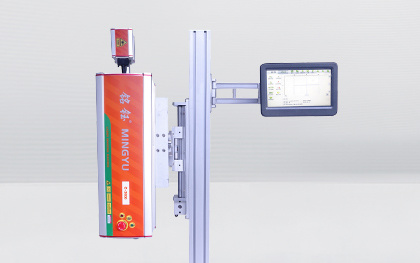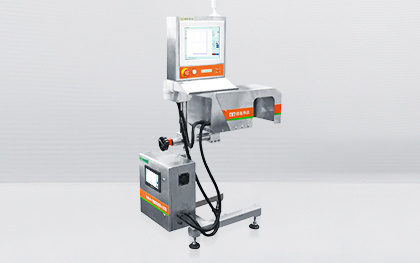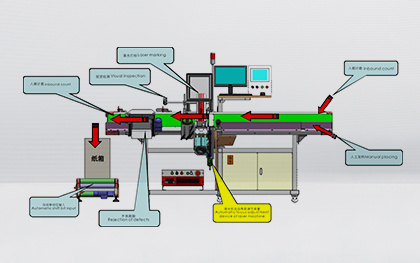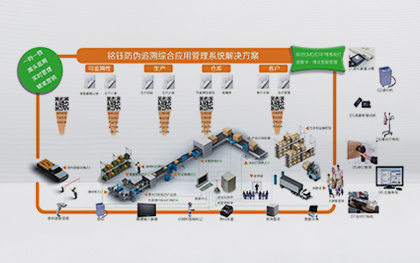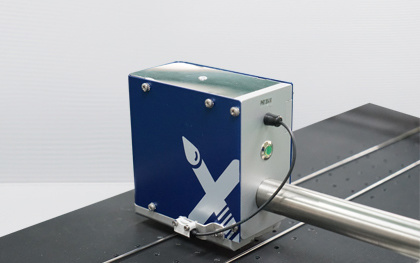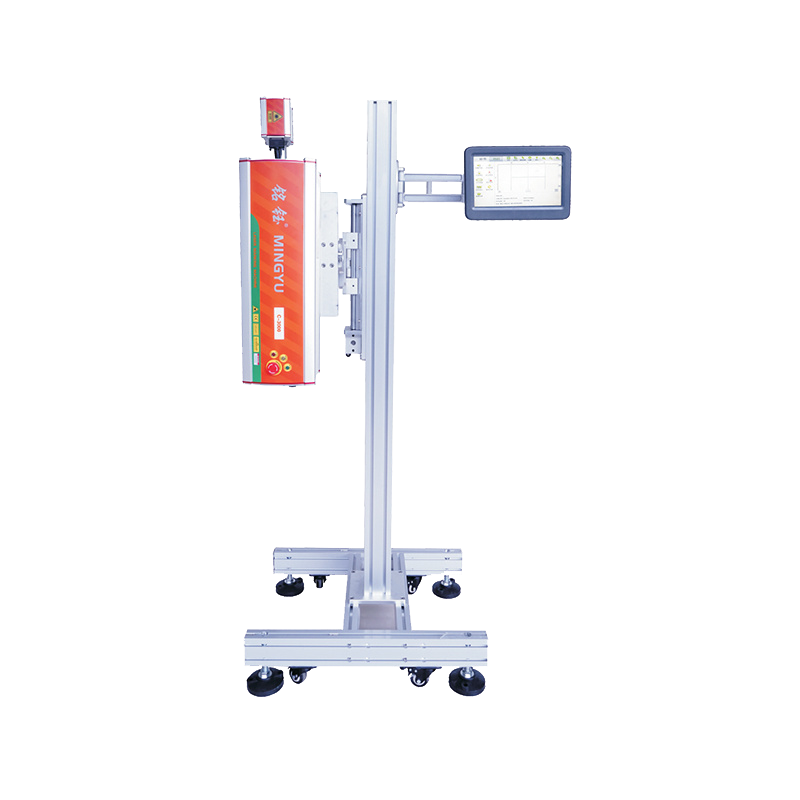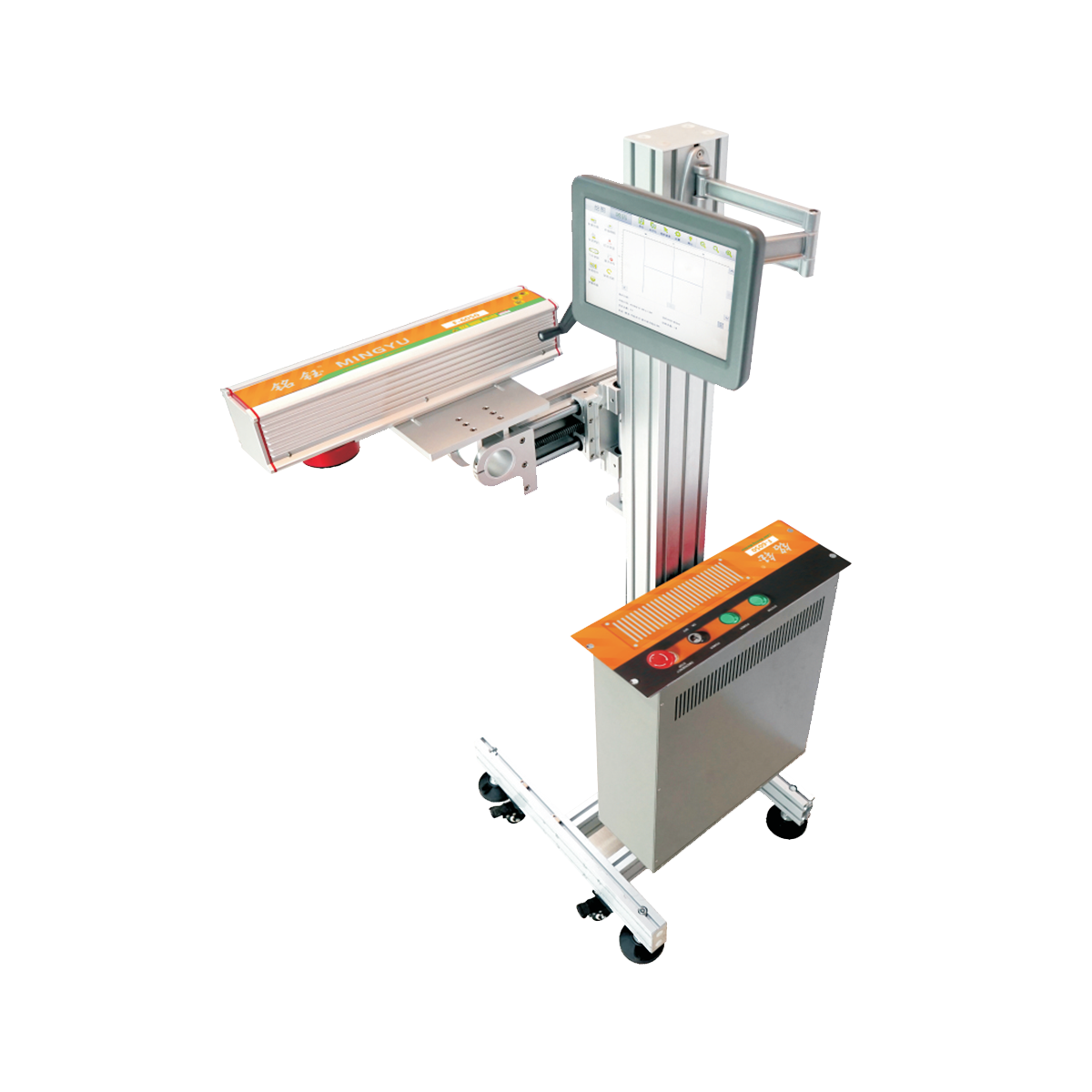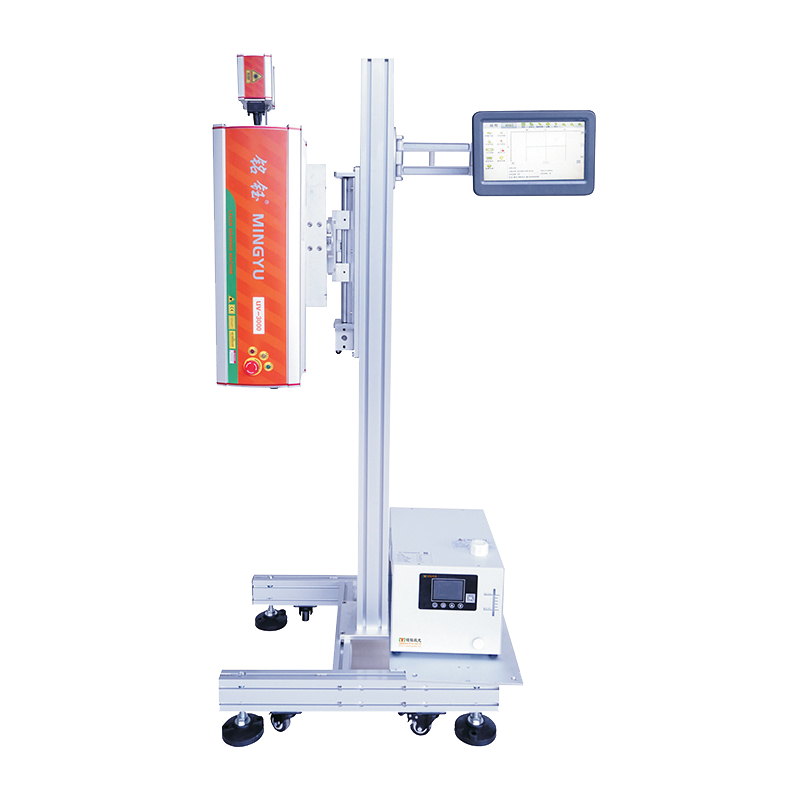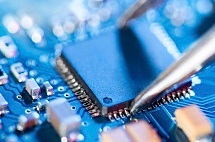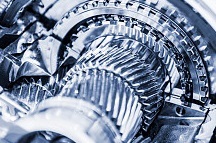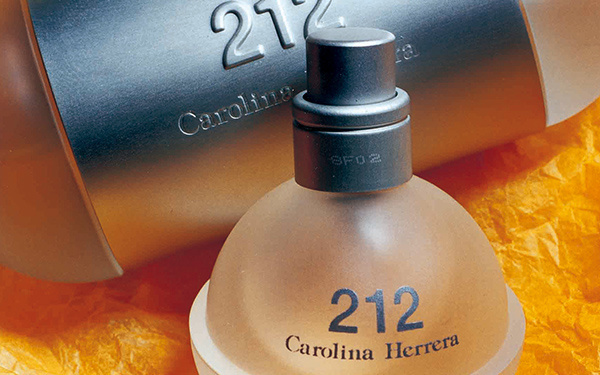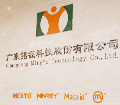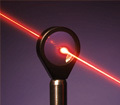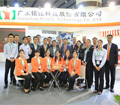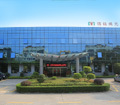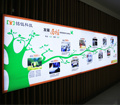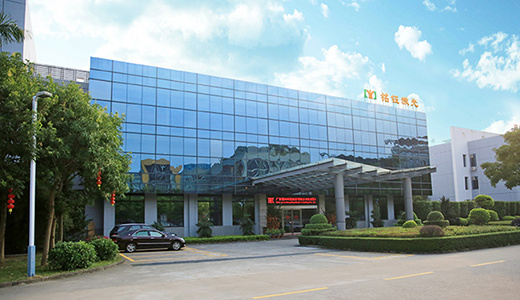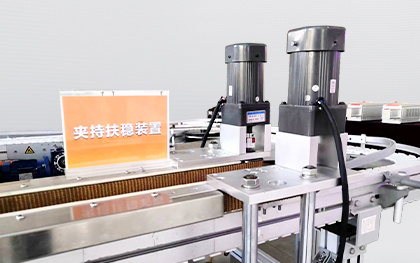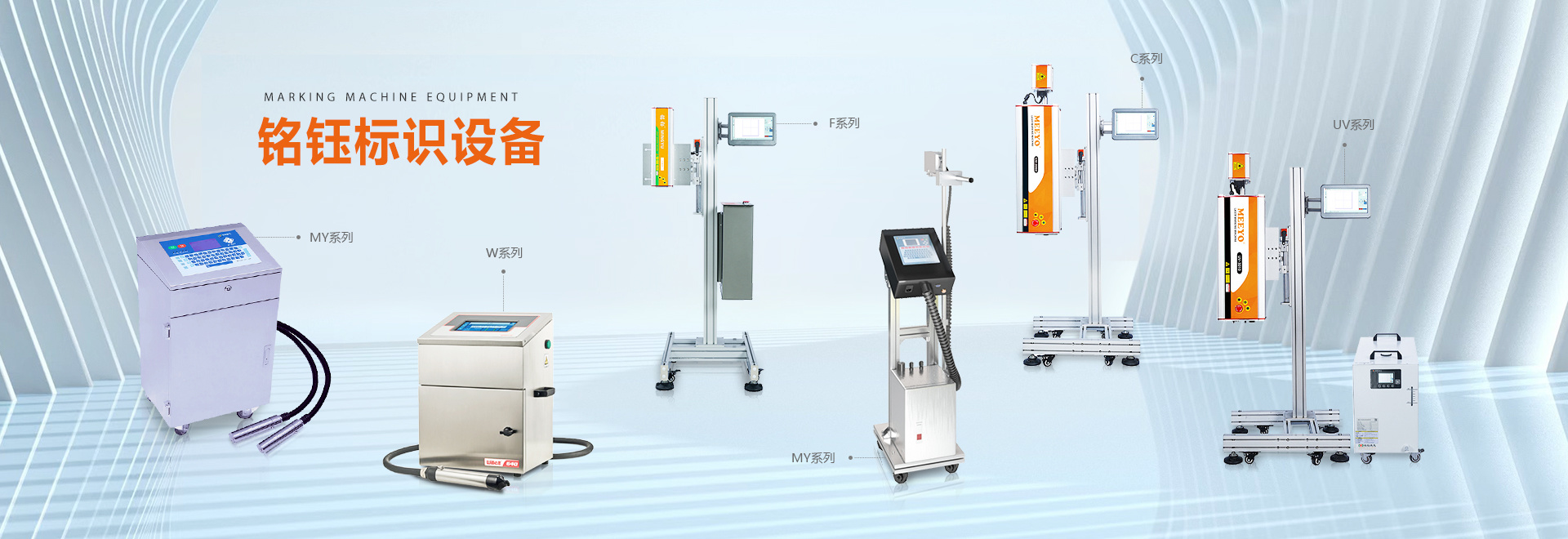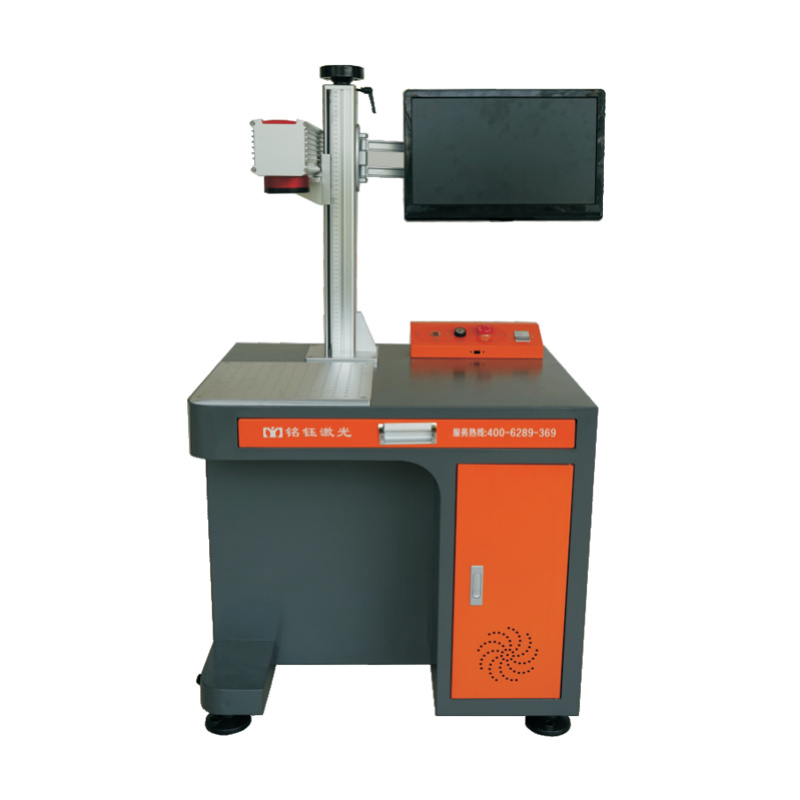Mingyu Laser: Leading a new chapter in microwelding technology
Release time:2024-08-24
1. Challenges and opportunities of electrical connection technology
Connecting conductive parts to achieve electrical contact is one of the oldest and most widely used connection technologies in the electrical industry. As the cost, connection performance and volume requirements of the industrial sector continue to increase, the connection technology is also constantly evolving. In particular, driven by the trend of miniaturization of components, wire thickness and wire diameter have been reduced to 0.004 inches, and traditional crimping, welding and copper welding techniques have gradually revealed their limitations due to high connection resistance, connection reliability and service life issues. At this time, Mingyu laser welding technology has become the new darling of the industry with its excellent connection integrity, service life and electrical conductivity.
2. Microwelding challenges of copper materials and Mingyu laser solutions
Copper, as a typical conductive material, is widely used in microwelding because of its excellent signal transmission ability. However, the high thermal conductivity of copper makes it difficult to maintain thermal balance during welding, resulting in increased difficulty in welding. To solve this problem, Mingyu Laser has introduced microwelding technology specifically for small and highly conductive components. By using 532 nanometers (nm) or green light wavelengths, Mingyu laser technology can precisely control the heat distribution during the welding process, ensuring the quality of the welded joint while avoiding overheating or underheating problems.
3. Advantages and disadvantages of traditional microwelding technology and breakthrough of Mingyu laser
Microwelding technology can be implemented in a variety of ways, including ultrasonic welding, resistance welding, etc. Each technology has its advantages and disadvantages, but in some aspects can not fully meet the needs of microwelding. Taking ultrasonic welding as an example, although it is very suitable for plate welding, it will reduce the production speed. With its advantages of high precision, high efficiency and high reliability, Mingyu laser welding technology has made breakthroughs in the field of micro-welding.
4. Introduction of laser ultrasonic welding technology of Mingyu
Mingyu laser ultrasonic welding technology uses vibration energy to weld at the connection interface. The vibration energy transmitted to the interface is provided by an ultrasonic generator or welding head that touches the top component. The welding head vibrates hundreds of times per second, with motion amplitudes between 0.0005 and 0.004 inches. The lower side of the component is supported by a "base anvil", which can be static or vibrating. At the same time as the force is applied, the vibration action causes the plastic deformation of the non-uniform surface at the welding interface, resulting in the formation of a highly close contact and the diffusion of metal atoms. In this way, Mingyu laser ultrasonic welding technology enables high-quality connections without melting the material, while maintaining the integrity of the parts. In addition, the stability and reliability of the welded joint can be further ensured by strengthening the friction through the pressure pattern on the welding head
Previous Page
Previous Page
News classification
Related News
Related News


